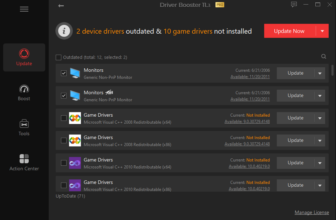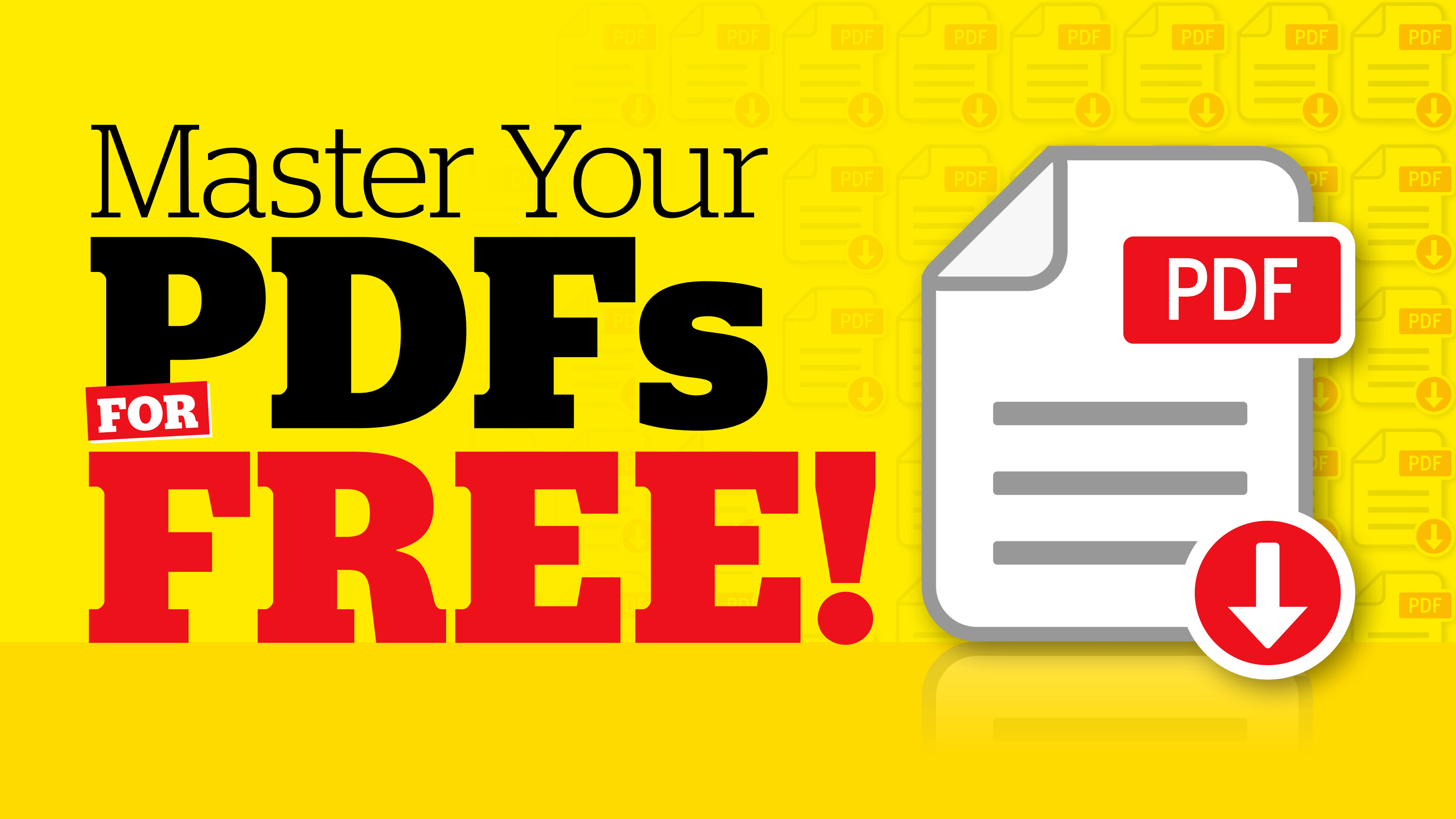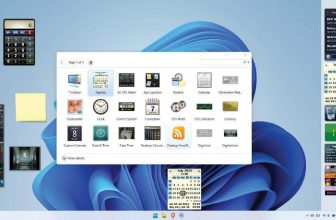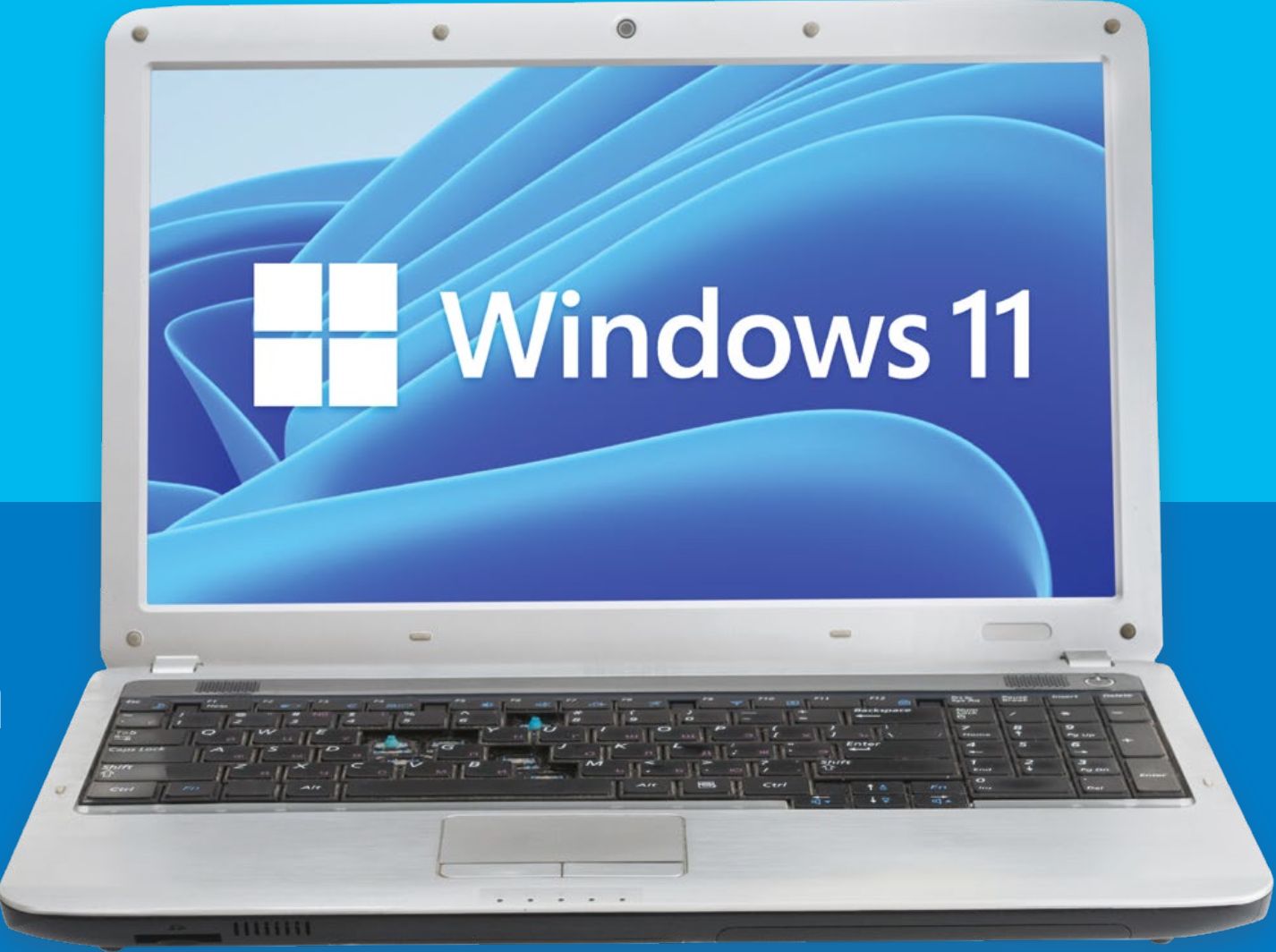iTunes 12
Apple’s iTunes is the beating heart of music, movies, podcasts and other media sitting on a Mac. It also allows you to manage your iPhone, iPad and any iPods you might have. With iTunes 12, Apple has introduced a stylish new interface and a few (though, not many) features.
WHAT IS iTUNES FOR?
Despite its Swiss Army knife nature, we tend to think of iTunes as first and foremost a music player. It’s telling that the redesigned logo (now red instead of the historic blue) keeps a musical note motif.
¡Tunes does a lot more than just play music, though. Indeed, some argue that it does far too much and has done for years. Alongside playing your favourite tracks, it displays video files (TV shows and movies), audiobooks and podcasts. The latest version of the program also downloads, stores and updates apps for iPhone and iPad, manages the content on iOS devices, and is a backup- and update centre for these. On top of all this, it has an integrated iTunes Store and App Store for buying music, movies, apps, podcasts and other kinds of media such as iTunes U content.
Without a doubt, iTunes is the poster boy for ‘feature creep’, the tendency for software over the years to get bulked out with extra new features and lose its original focus.
Indeed, it’s odd that a company so capable of ripping apart programs and taking them back to basics (iMovie ’11 and the recent iOS-like iWork apps are prime examples of this) has allowed iTunes to continue juggling so many tasks. Apple has been steadily adding features to iTunes for years, and the only thing that has been removed from it in recent updates is iBooks. This is now a separate app with its own store.
NEW FEATURES
The first thing you’ll notice is that iTunes 12 has a new interface. You may find this surprising given that Apple introduced a new look in version 11, but in light of the company’s move towards flat design across both its desktop and mobile operating systems, it’s understandable.
• Icons for media The media selection menu in the top-left has been replaced with a set of icons: Music, Movies and TV Shows are available, while a More icon lets you access Podcasts, iTunes U, Apps and other items. An Edit option allows you to add icons you frequently use to the icon bar.
• Integrated library and iTunes Store In the middle of the iTunes window sits options for local media (Music and Playlists) and the iTunes Store. The store changes based on the media you choose.
So if, for example you select music, you’ll be taken to the music store. While it’s easy to be cynical about Apple making the store even more prominent, we like the direct integration of media and the appropriate store.
• Sorting menu Tucked away in the right is a drop-down menu for choosing organisational groupings: singles, albums, artists for music, or movies and TV shows for videos. This doesn’t always appear, but offers options based on what media icon is selected.
• Main window This now displays a row of recently added items across the top, though the sidebar is missing from the default view – it returns when you click on Playlists. Other stylistic changes include the interactive background that responds to album art, which is now subtler effect and displays the original album art in a square. It’s a small touch but we like it. In general iTunes 12 is neater and easier to use.
• Get Info window This has been radically overhauled, and now splits all the information across a series of tabs. It’s more attractive, but is a more long-winded for manually editing track information.
WHAT’S THE SAME
The new features introduced in iTunes 11 remain: Up Next and Mini Player, for example, are still present and correct, though, we hardly use either mode. Apple iTunes Match still syncs up music across devices, and enables you to stream your entire collection over the air to an iPhone. The £21.99 per year charge is reasonable, although Google’s similar Play Music service is free.
WHAT’S MISSING
For an app so stuffed with features, it’s odd that our biggest problem with iTunes seems to be what’s missing. A small gripe is the ongoing absence of iTunes Radio in the UK. The ability to enter a track, or artist, and play a radio station based on it would be a great way to mix up our daily music listening.
We’re also surprised that the much-mooted HD Audio has not arrived in iTunes 12. Many people were expecting Apple to reach out to audiophiles with 24-bit audio.
The bigger problem is the ongoing lack of recommendations, shared playlists and social media integration. Apple doesn’t have any true rivals when it comes to the management of media files in OS X. Apps such as CopyTrans, MediaMonkey and WinAmp all offer interesting features for the discerning music enthusiast, but they haven’t tempted significant number of people away from iTunes.
The big rivals are music streaming services such as Spotify, Google Play Music and Napster.
Renting music or listening to ad-interspersed music is a different experience to owning and managing your own tracks, so it’s not an easy comparison to make. There is a lot to be said for having an app that manages all your tracks.
However, Spotify and other streaming services, offer a range of interesting features that aren’t found in iTunes. Spotify, for example, has fan-created playlists for all kinds of subjects. If we want to listen to Baroque music, then a fan of that type of music will have created and maintain a playlist of tracks far better than any album. Irish Folk Metal, not a problem; songs for sleeping to at night, Spotify has that; Autumnal Acoustic tracks, of course you can listen to that. There’s a user curated playlist for every imaginable thought in your head.
You can also hook up Spotify to Facebook and see what your friends are listening to, and listen to the same tracks as them without paying for it. Apple’s own movement in this area, Ping, was a rare miss for the company (probably because you had to pay for music to listen to it). We think it’s time for Apple to return to social media in a big way.
Steve Jobs said that people want to own music, not rent it. While we agree in principle, it’s becoming clearer that the social and sharing advantages of subscription music are – at least for us – starting to outweigh the advantage of having a music collection.
On a personal level, we’re using Spotify to discover music and are happy to buy it on vinyl again if we truly love it. We’re not claiming our personal experience to be representative of all Apple fans, but we can’t be the only ones who find iTunes a boring place where we listen to the same tracks over and over again.
Everybody presumed that Apple bought Beats in part to access its subscription music service and roll it into iTunes. We would have preferred to see some movement in this area, along with iTunes Radio over another interface redesign. These things take time, especially from a licensing point of view, but it’s becoming harder to remain interested in iTunes while all our friends are over on Spotify.
VERDICT
The media-management side of iTunes remains as stable as ever, and we like the new interface. It’s a shame that the story about iTunes has become what it’s missing out on, rather than what it features. Music has, for most people, always been a social experience and iTunes is sorely missing out on social interaction aspects of rivals such as Spotify. Apple iTunes is a very lonely place to listen to music if you’ve used Spotify for a while.
SYSTEM REQUIREMENTS
OS X 10.7.5 or later; Intel core processor; 400MB of disk space; broadband internet connection to use the ¡Tunes Store





